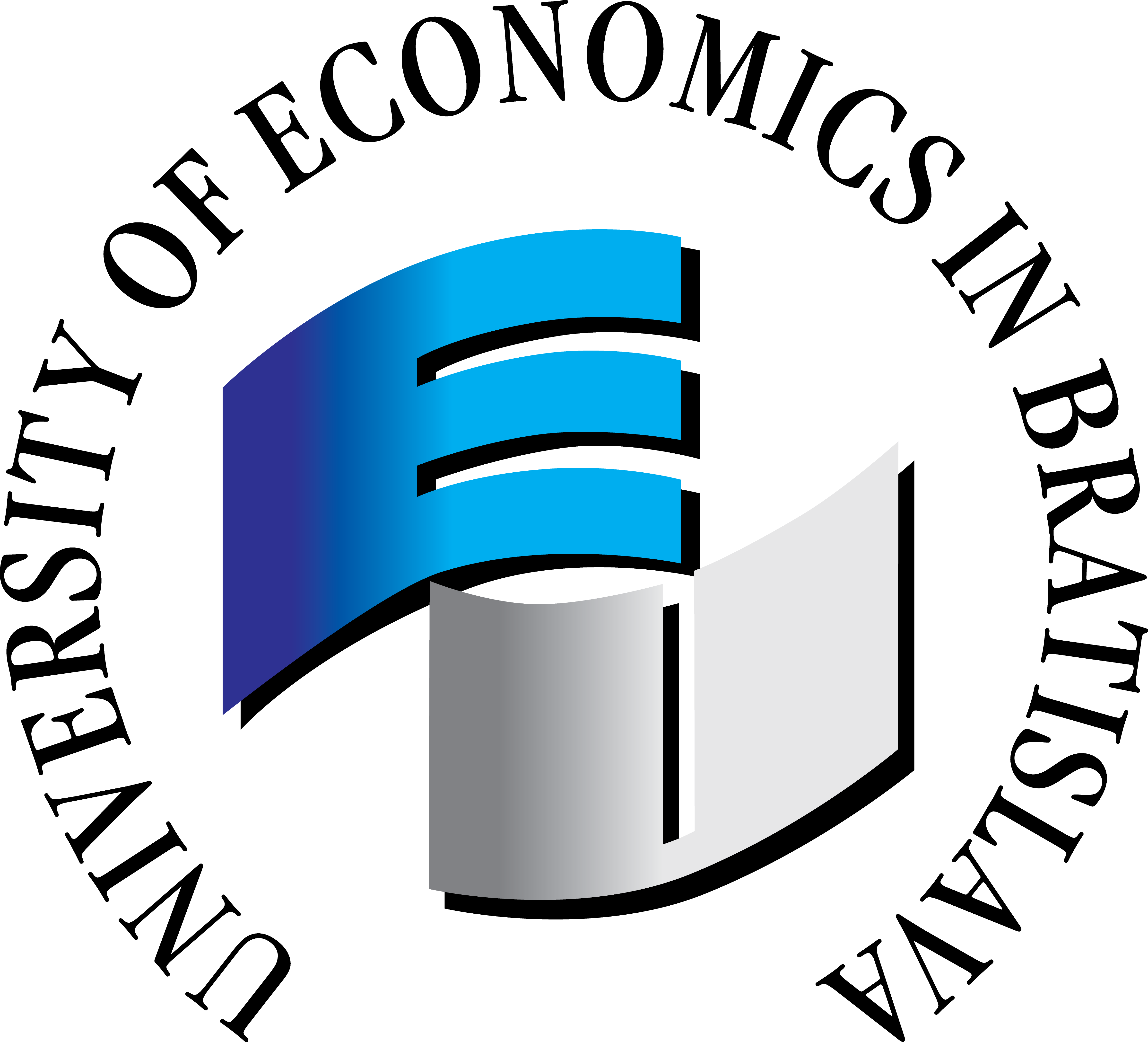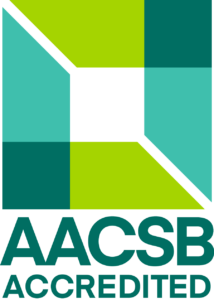Media relations
- Ending: Examination
- Range: 2C
- Semester: summer
- Year: 2
- Faculty of Commerce
Teachers
Included in study programs
Teaching results
By completing the course of media relations, students gain a wide knowledge of the work of journalists and understand the operation of the media. They will learn to perceive the principles of effective media work and impact. They will understand how journalists work, how they obtain information and how they process it. They will realise the importance of the media in shaping public opinion. Students will learn to work with individual media relations tools in other to communicate effectively. They will understand the differences between traditional and new media on the Internet. They will get acquinted with the media approach and start to use and communicate with every type of media so that the organization on behalf of which they communicate benefits. Students will write a press release on the chosen topic. They will learn how to prepare to communicate with a journalist and to conduct communication as such. They will know the principles of crisis communication in the media and the possibilities offered by such crisis communication. At the same time, they will gain an overview of media legislation, especially the press law and the tools of protection of both the media consumer and the journalist.
Graduates of the course will be able to plan, conduct and evaluate communication with the media. They will understand the specifics of different forms of media communication, their possibilities and risks. They are able to write good and media interesting products for the media, in order to acquire expected media outputs. They can communicate with the media through journalists fully and effectively. In the case of crisis communication, they will perceive not only its risks, but also the opportunities that bring good relations with the journalists and an understanding of their work. Graduates will understand not only the possibilities of traditional, but also new media, and they will be able to prepare tailor-made media outputs for each type of media.
Upon successful completion of the course, students acquire competencies that will enable them to apply in various positions in the field of internal and external communication at the level of the organization as well as a specialized agency. They can solve problems of strategic and operational nature. They will acquire professional flexibility and acquire a systematic, innovative and proactive approach to various business and media situations, their evaluation and solution. They will be ready to work in junior positions in communication and PR departments on the part of clients as well as specialised PR and communication agencies. The completion of the course will provide them with the knowledge for further professional growth, with a medium-term perspective to act as spokesperson or PR manager, possibly also as a journalist.
Indicative content
Media relations definitions. Journalists and media in Slovakia. Media environment. Traditional versus new media. Media on the Internet. Press release. Press conference. Individual work with journalists. Agenda setting. Content marketing and native advertising. Write a press release. How and when to hold a press conference. Media-PR relationship. Work of spokesperson/PR manager. Principles of effective communication with journalists. Preparation to communicate with the media. Crisis communication in the media. Media legislation. Press law.
Support literature
1. Kurtz, H. 2018. Media Madness. New Jersey. Regnery Publishing.
2. Losekoot, M.; Vyhnánková, E. 2019. Jak na sítě. Jan Melvil publishing,
3. Pomerantsev, P. 2019. This is not Propaganda. London: Faber&Faber Limited. 2019.
4. Žák, Š. a kol. 2021. Úloha Influencerov v procese nákupného rozhodovania spotrebiteľa. Bratislava. Vydavateľstvo EKONÓM.
Syllabus
1. Introduction to media relations. Characteristics of basic concepts at media relations. Media relations as important part of PR communication. 2. Media environment in Slovakia. Media developments to the present day. 3. Traditional versus new media – characteristics. The system of work and the differences between the two types of media. Media on the Internet. 4. Map of media relations tools. Press release. Press conference. Agenda settings. Advertorials. Native advertising. Content marketing. 5. Press release definition. Relevant topics for writing press release. Act of writing. Communication with journalists after the sending-off. Good and bad examples of press releases. Write your own press release. 6. Press conference definition. Importance of a press conference in media relations. Principles of organizing of the press conference. 7. Individual work and communication with journalists – principles. 8. Media vs. PR - description of the relationship. Flow of information between these two parties. Mutual cooperation vs. rivalry. 9. The work of a journalist - a daily schedule. System of work in the editorial office. Information gathering, resource protection. Facts checking. Editing. 10. The role of spokesperson and PR manager - in the context of media relations. Position of spokesperson and manager in the structure of the organization. Spokesperson/PR Manager vs. Journalist relationship. Principles of effective communication. 11. Preparation for communication with journalists, especially for media appearances. Media training. 12. Crisis communication in the media. 13. Media legislation in Slovakia. Media ethics. Regulators. Press law – right of rectification, right of reply and right of additional notification.
Requirements to complete the course
20% - continuous semester assessment
20% - semester paper
60% - written examination
Student workload
Workload: 104 hours
Attendance at lectures: 0 hours
Attendance at seminars: 26 hours
Preparation for seminars: 13 hours
Elaboration of a semester project: 35 hours
Preparation for the exam: 30 hours
Language whose command is required to complete the course
Slovak
Date of approval: 06.03.2024
Date of the latest change: 17.10.2023

